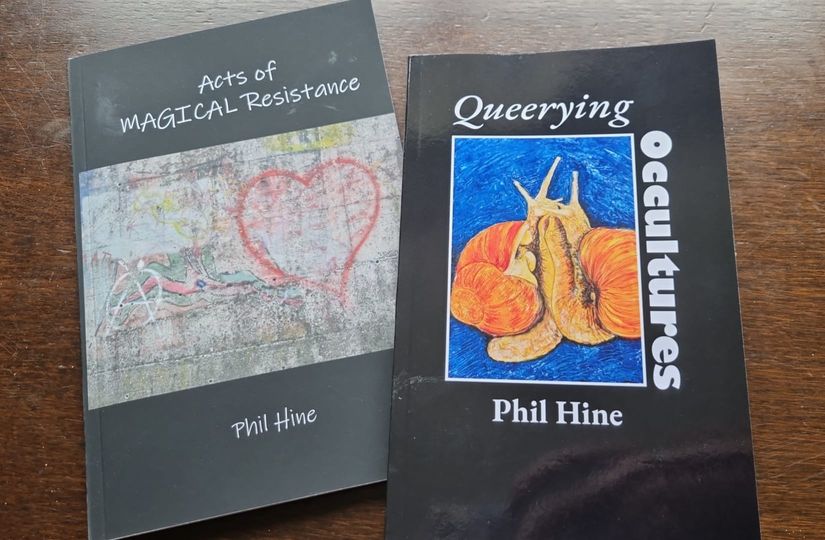Srividya: the twists and turns of a tantric tradition – I
In the last two issues of my Unfoldings newsletter, I have been engaging in an in-depth analysis of Kenneth Grant’s representation of Tantric mysteries in his books – using his 1999 book, Beyond the Mauve Zone as the main reference point. In support of this series of essays, I thought it would be helpful for those reading the essays to attempt a general overview of the historical development of the Tripurāsundarī traditions, known nowadays as Śrīvidyā. In this first post, I’m going to focus on the roots of this tradition – the Nityā.
Continue reading »
